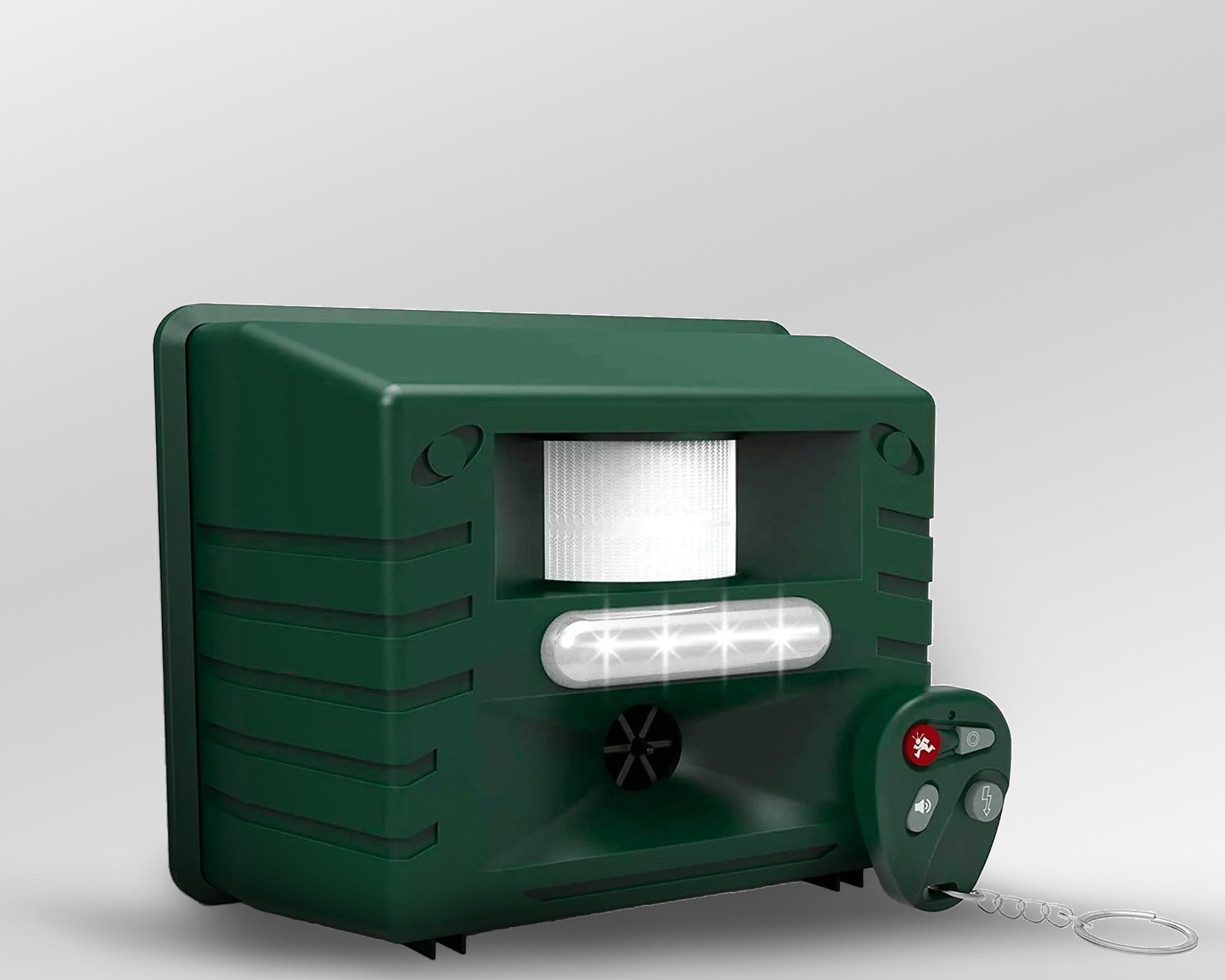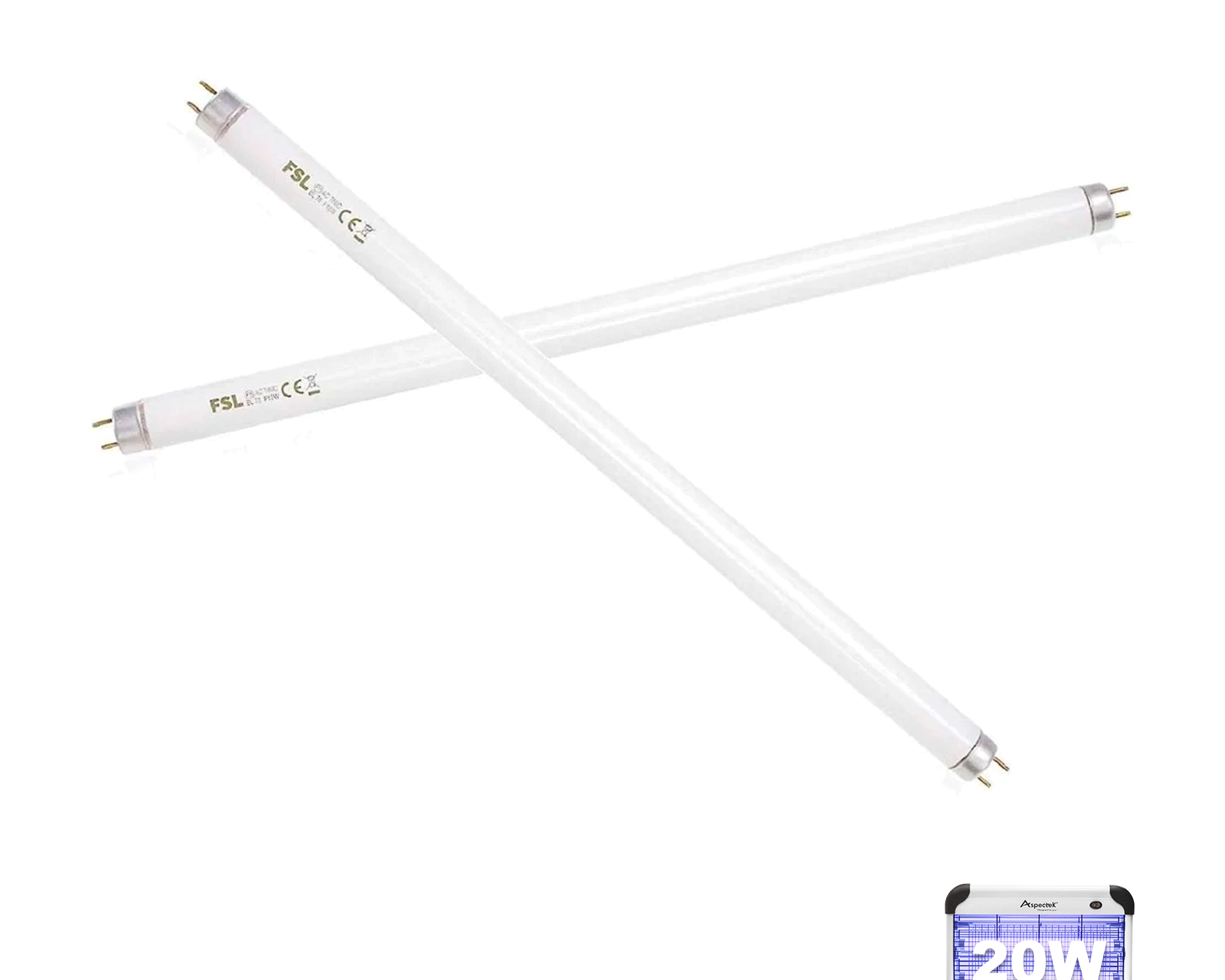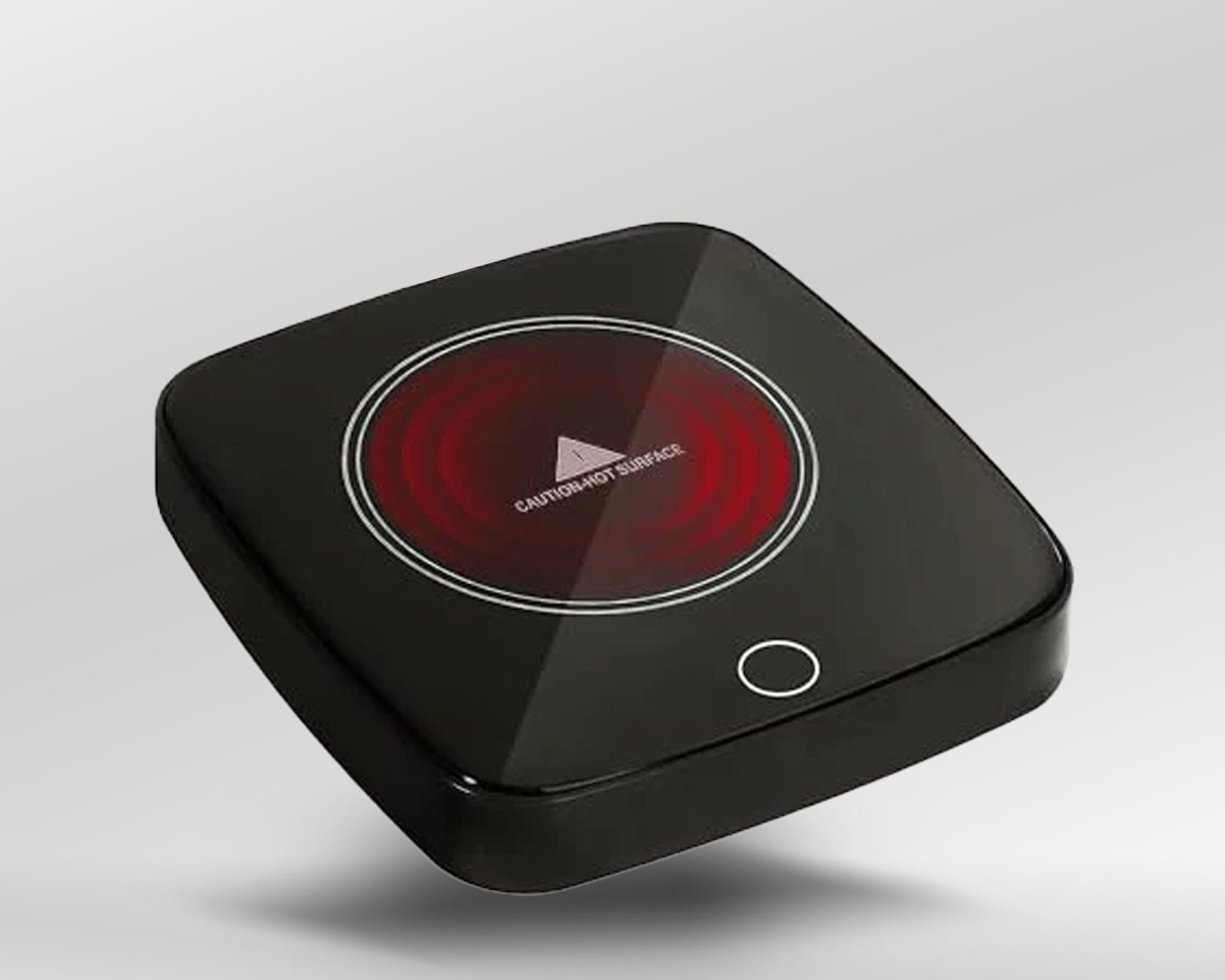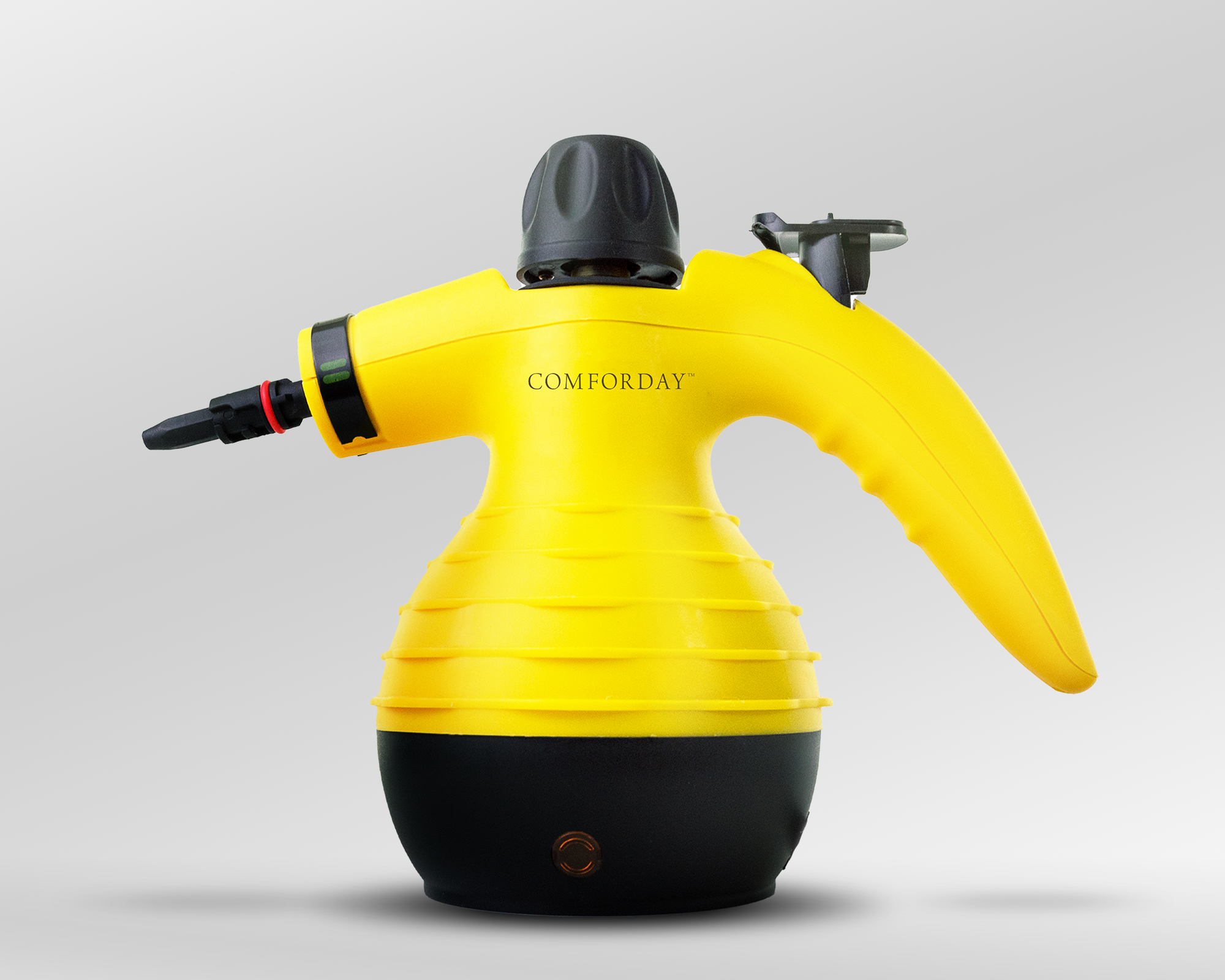1506 Leonardo da Vinci invents the first bug zapper on May 3. Also on that day, he invents the first toaster oven, gyroscope, electric toothbrush, Q-Tip, cheese knish, flush toilet, ball bearing, hypodermic needle, Global Positioning System, helium, heart-lung transplant machine, Botox and the paper aeroplane. His "Device for the Immolation of Pests of the Air" is powered not by electricity, which he won't discover until May 7, but by nuclear energy, which Leonardo invented on May 2, along with fluoride, quarks, the submarine, the stop sign and pantyhose.
1552 Ivan the Terrible, the first Czar of All the Russias, is distracted by mosquitoes while torturing boyars in the Kremlin. He offers a prize--not having your head chopped off--to anyone who proposes an efficient means of eliminating the "proklyatj vozduh d'yavol" ("f------ devils of the air"). Oddly, no one comes forward with ideas. Ivan relents and changes the prize to life imprisonment at hard labor, but still no one voices a proposal. Furious, Ivan annexes the Tatar states of Kazan and Astrakhan. His subjects, too terrified to point out that this will accomplish little toward eradicating insects, praise him. Progress will not be made for another 350 years, when Stalin declares all mosquitoes counterrevolutionary and has them shot or sent to Siberia.
1752 Benjamin Franklin electrocutes a moth by tying it to a kite that he floats aloft into an electrical storm. He sends his friends in England a dissertation entitled "An Experiment on the Effects of Violent Lightning Bolts Upon a Specimen of Lepidoptera." His conclusion: A million volts of electricity will likely incinerate not only the moth but quite possibly the person holding the kite string. George II falls asleep while Franklin's treatise is being read to him, though this is attributed by court insiders to a surfeit of gin. A subsequent attempt to electrocute a rat by similar means fails when the rat bites Franklin and escapes.
1863 During the siege of Vicksburg, Lt. Homer Suds of the Union Army's Corps of Engineers is tasked by his commanding general with coming up with a way of "killing these swarms of goddamned bugs." Suds' method, still considered a masterpiece of battlefield improvisation, consists of honey, molasses, saltpeter and unstable nitroglycerin. It dramatically reduces the local mosquito population, but is discontinued after it blows up a lieutenant colonel and two brevet majors who mistakenly dip their spoons into it, seeking to sweeten their coffee.
1934 Düsseldorf electrician Heinrich Himmelring designs a
prototype of the first truly modern bug zapper, called "InsektverBrennnungsofenMaschine." Powered by twin hydroelectric turbines, his IBM is capable of frying one million insects simultaneously, but fails to catch on commercially, since it causes massive brownouts (lampedämmerung) throughout North Rhine-Westphalia. Himmelring offers his services to the Emperor Haile Selassie
I of Ethiopia, but is frustrated when he cannot find a single
electrical socket in the entire country. A treadmill powered by thousands of Somali "guest workers" not only fails to generate the required kilowattage but triggers war with Somalia. Distraught, Himmelring commits suicide by drinking tap water.
1942 Einstein writes FDR a letter in which he warns the
President that "the German government is close to achieving a means of mosquito elimination utilizing blue lights and directed energy." Roosevelt orders the Office of Strategic Services to create facsimile zappers in order to deceive German agents
1948 Jean-Pierre Blumière is charged with the French colonial authorities in Indochina with devising a means of keeping French generals from being bitten by mosquitoes during their daily four-hour lunches. Blumière's device, consisting of bulbs imported from Paris' red-light district, is effective, but the generals complain that the smell of the roasting insects is interfering with their enjoyment of the food.
1958 The documentary movie The Fly portrays a Montreal scientist's obsession with creating a means of killing houseflies by electric current. His experiment backfires tragically when the scientist's molecules are fused with those of a housefly that he is trying to teleport to the United States so it can torment Americans.
1966 As the Vietnam War escalates, the U.S. Navy secretly trains dolphins to eat mosquito larvae before they can hatch in the Mekong Delta and pester U.S. troops.
1967 Stoned hippies in San Francisco's Haight-Ashbury receive painful electric shocks and blistered tongues when they lick bug zappers, mistaking them for "psychedelic" black lights. Governor Ronald Reagan announces that it serves them right.
1991 The Sharper Image company introduces the "Mother of All Bug Zappers" in its spring catalogue. Sleekly designed to look like a cross between the bomb dropped on Hiroshima and a flat-screen TV, MABZ boasts patented nonclogging vertical killing grids and uses spent plutonium and argon gas, causing bugs to glow iridescently in up to 20 colors before succumbing painfully to radiation poisoning. Each time an insect drops to the ground, MABZ emits a tape-recorded squeal, "Help meeeeeeee!"
2016 Aspectek's groundbreaking launch of the first bug zapper marked a significant milestone in insect control. Combining innovative technology and efficiency, it revolutionized pest eradication, offering a safer and more effective solution.
Credit: Article by Forbes
#BugZapperEvolution #InsectControlHistory #ElectricalInsectTraps #ZapThePests #BugZapperMilestones #HistoricBugControl #BuzzingPast #ZapBackInTime #BugZapperInnovation #InsectEradicationJourney














